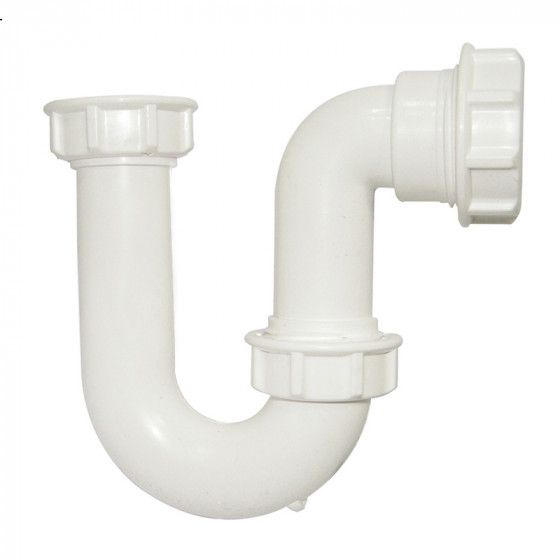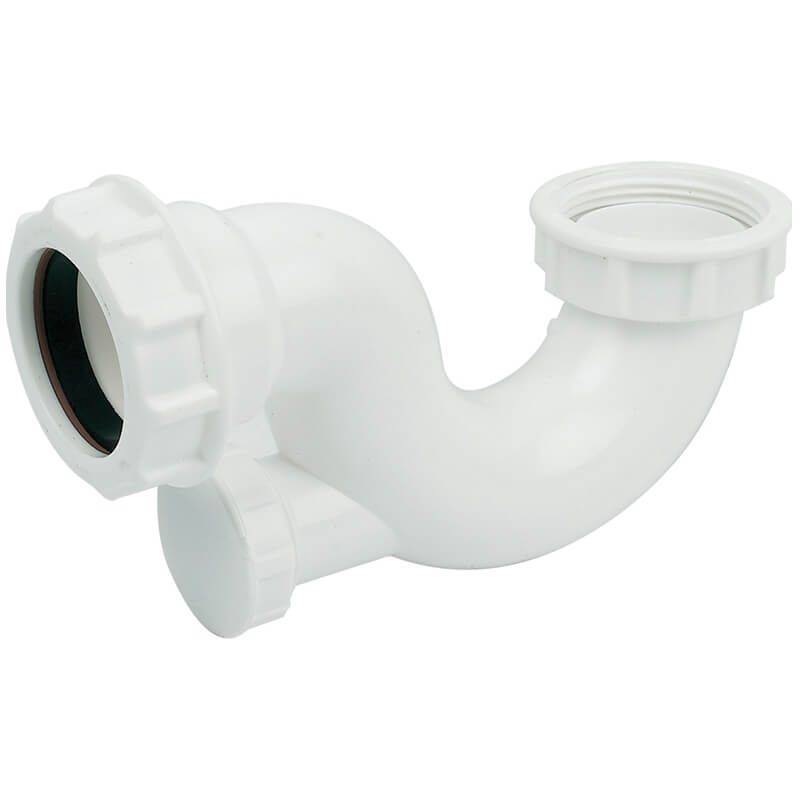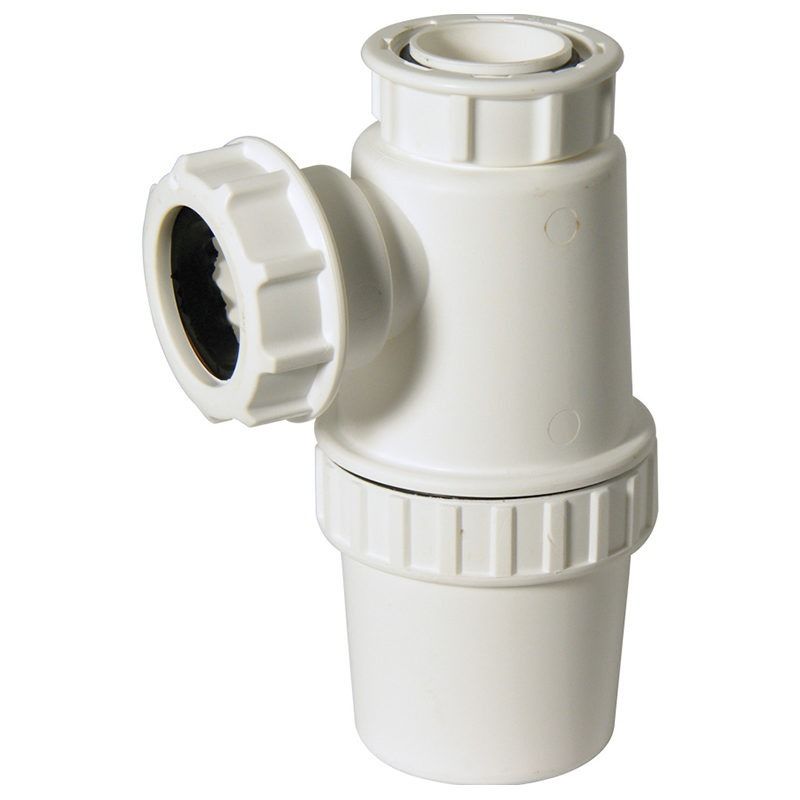What is a Waste Trap and Why is it Important?
When installing a sink, shower, or basin, one crucial but often overlooked component is the waste trap. This small but essential plumbing fixture plays a vital role in keeping your home’s drainage system working effectively and hygienically. In this article, we’ll cover everything you need to know about waste traps, including their purpose, types, and importance.
What is a Waste Trap?
A waste trap is a U-shaped or S-shaped pipe fitted beneath a sink, shower, bath, or basin to prevent unpleasant sewer gases from entering your home. It does this by holding a small amount of water in the bend, which acts as a seal between your drainage system and your living space.
Without a properly installed waste trap, foul smells and potentially harmful gases could rise from the drainage system and spread throughout your home.
Common Types of Waste Traps
There are several different types of waste traps, each designed for different applications. Here are the most common ones:
|
|
||
P-Trap |
 |
A P-trap is commonly used under sinks, basins, and baths. It has a curved section that retains water, preventing sewer gases from escaping. This type is popular due to its effectiveness and ease of maintenance. |
S-Trap |
 |
Similar to a P-trap but shaped like an "S," this trap is typically used in floor-mounted plumbing installations where the waste pipe runs through the floor rather than the wall. |
Bottle Trap |
 |
A bottle trap is a compact and space-saving waste trap often used under bathroom basins. It has a cylindrical shape and is ideal for modern wall-hung basins where space is limited. |
Shallow Trap |
 |
A shallow waste trap is commonly used in showers and baths, where space under the unit is limited. A shower waste trap or bath waste trap typically has a lower water seal depth to accommodate low-profile designs. |
Anti-Siphon Trap |
 |
This type of trap includes an air admittance valve that prevents siphoning, ensuring the trap maintains its water seal even when water is discharged at high pressure from another fixture. |
When is a Waste Trap Needed?
A waste trap is required in any plumbing fixture that connects to a waste pipe, including:
-
Kitchen sinks – The sink waste trap is used to prevent food debris and grease from blocking the drain while stopping odours from escaping.
-
Bathroom basins – A wash basin waste trap ensures a hygienic environment by blocking sewer gases.
-
Bathtubs – A bath waste trap prevents stagnant water buildup and keeps the bathroom smelling fresh.
-
Showers – A shower waste trap is designed for fast drainage while maintaining the essential water seal.
-
Washing machines and dishwashers – Waste traps are installed to manage wastewater discharge effectively.
Why is a Waste Trap Important?
A waste trap plays a crucial role in your home's plumbing system, serving several important functions:
Prevention of Sewer Gases and Odours:
The primary purpose of a waste trap is to create a water seal within its curved section. This water barrier effectively stops sewer gases and unpleasant odours from rising through the sewer system and entering your living spaces.
Protection Against Harmful Gases
By preventing gases such as methane and hydrogen sulfide from escaping, the waste trap helps maintain a healthier indoor environment and reduces potential health risks.
Debris Capture and Blockage Prevention
Waste traps also trap debris like hair, soap scum, and food particles. This function helps prevent clogs in the main drainage system, ensuring that water flows smoothly and reducing the likelihood of plumbing issues.
Regulatory Compliance
Building regulations and plumbing regulations require the use of waste traps to ensure proper sanitation and efficient drainage, contributing to overall household safety and hygiene.
Easy Maintenance
Most waste traps can be easily cleaned or replaced if clogged, helping to maintain efficient drainage. If you're unsure how to maintain yours, check out our guide: A Step-by-Step Guide on How to Clean a Waste Trap.
In summary, the waste trap is essential for maintaining a safe, odor-free, and efficient plumbing system by providing a crucial barrier against sewer gases, capturing debris, and ensuring compliance with building regulations.
Choosing the Right Waste Trap
Not all waste traps are the same, so it’s essential to pick the right one for your needs. Factors to consider include:
-
The type of fixture (sink, bath, basin, or shower)
-
The available space under the unit
-
Local plumbing regulations
-
The risk of siphoning (in which case an anti-siphon trap might be required)
If you're unsure which one to buy, read our guide: What Waste Trap Do I Need?
A waste trap is a small but crucial component of any drainage system. Whether you need a sink waste trap, shower waste trap, or bath waste trap, choosing the right one ensures a hygienic, odour-free home. Regular maintenance and proper installation will keep your plumbing system running smoothly.

















